Nowadays, it’s no secret that fuel prices are constantly rising. To minimize extra costs, drivers need to be mindful of how they use fuel. This is especially important during vacations when sticking to a budget is key—especially if you rent a car. Fortunately, there are several ways to save money and reduce trips to the gas station. Ready to learn more? Here are some practical tips to help you cut fuel expenses.
Keep tires pumped up
Underinflated tires create higher rolling resistance, increasing friction with the road. This added resistance forces your engine to work harder, leading to higher fuel consumption. In fact, if your tires are underinflated by 10 psi, your fuel efficiency can drop by up to 10%. To save on fuel and ensure a smoother drive, regularly check and maintain proper tire pressure.
Keep your engine well maintained
This means regularly changing your oil, checking and maintaining the correct tire pressure, and inspecting your brake pads for wear and tear. Additionally, scheduling routine garage inspections can help identify and address engine issues before they worsen, ensuring better performance and fuel efficiency.
Don’t go too fast or too slow
When driving in hot and windy conditions, like on the roads of Paros, your engine works harder to overcome wind resistance. In fact, fuel consumption increases by about 15% at 100 km/h and 25% at 110 km/h. While driving too slowly might seem like a solution, it can cause your engine to drop to a lower gear, using more fuel. Maintaining a steady speed is key to achieving optimal fuel efficiency.
Cut back on the air conditioning
If you frequently use air conditioning, consider lowering it to a more moderate level. Reducing AC usage can save fuel, especially on short trips or when driving around your local area. This simple adjustment can help you cut costs in the long run while still keeping your ride comfortable.
Switch off your engine in traffic
When stuck in traffic, consider turning off your engine instead of letting it idle. This simple habit can help save fuel, especially if you frequently encounter traffic, such as during your morning commute. Reducing idle time improves fuel efficiency and minimizes unnecessary fuel consumption.
Find a fuel-efficient vehicle
If you frequently drive long distances, investing in a fuel-efficient car can help you save money in the long run, even if the initial cost is higher. Some of the most fuel-efficient cars currently available in the UK include the Chevrolet Spark, Peugeot 108, Hyundai i10, Peugeot 208, Citroën C3, Fiat 500 Hybrid, and the new VW T-Roc. Choosing a fuel-efficient vehicle can significantly reduce fuel expenses over time.
Be careful on your braking
Sudden braking increases fuel consumption since you’ll need to accelerate again afterward. This is especially true if you follow too closely behind the vehicle in front. Additionally, tailgating is not only inefficient but also dangerous and should always be avoided. Maintaining a safe distance allows for smoother driving, better fuel efficiency, and improved road safety.
Predict your moves
Always look ahead and plan your next move to drive more efficiently. Instead of braking suddenly to a complete stop, gradually slow down as you approach a red light. When nearing the base of a hill, start accelerating early rather than waiting until you’re on the incline. Additionally, avoid hard acceleration from a stop or while climbing a hill, as this significantly increases fuel consumption. Smooth driving improves efficiency and saves fuel.
Turn off your engine if you stay idle for long
If you’re waiting for more than three minutes, turn off your engine. Even when stationary, a running engine continues to burn fuel unnecessarily. Shutting it off saves fuel and reduces emissions, making it a simple yet effective way to improve efficiency.
Change gears at the right time
Shifting into higher gears at the right speeds can help save fuel. Move into third gear at 30 km/h, fourth gear at 40 km/h, fifth gear at 50 km/h, and sixth gear at 60 km/h, if available. Driving in higher gears with a light touch on the gas pedal uses less fuel, as it keeps the engine running at lower speeds. Sticking to low gears can waste fuel and cost you more in the long run.
If you ever find yourself on the island of Paros in Greece, renting a car to explore the area is a great idea.
Follow the tips we’ve shared below to help you stay within your budget and make the most of your trip!



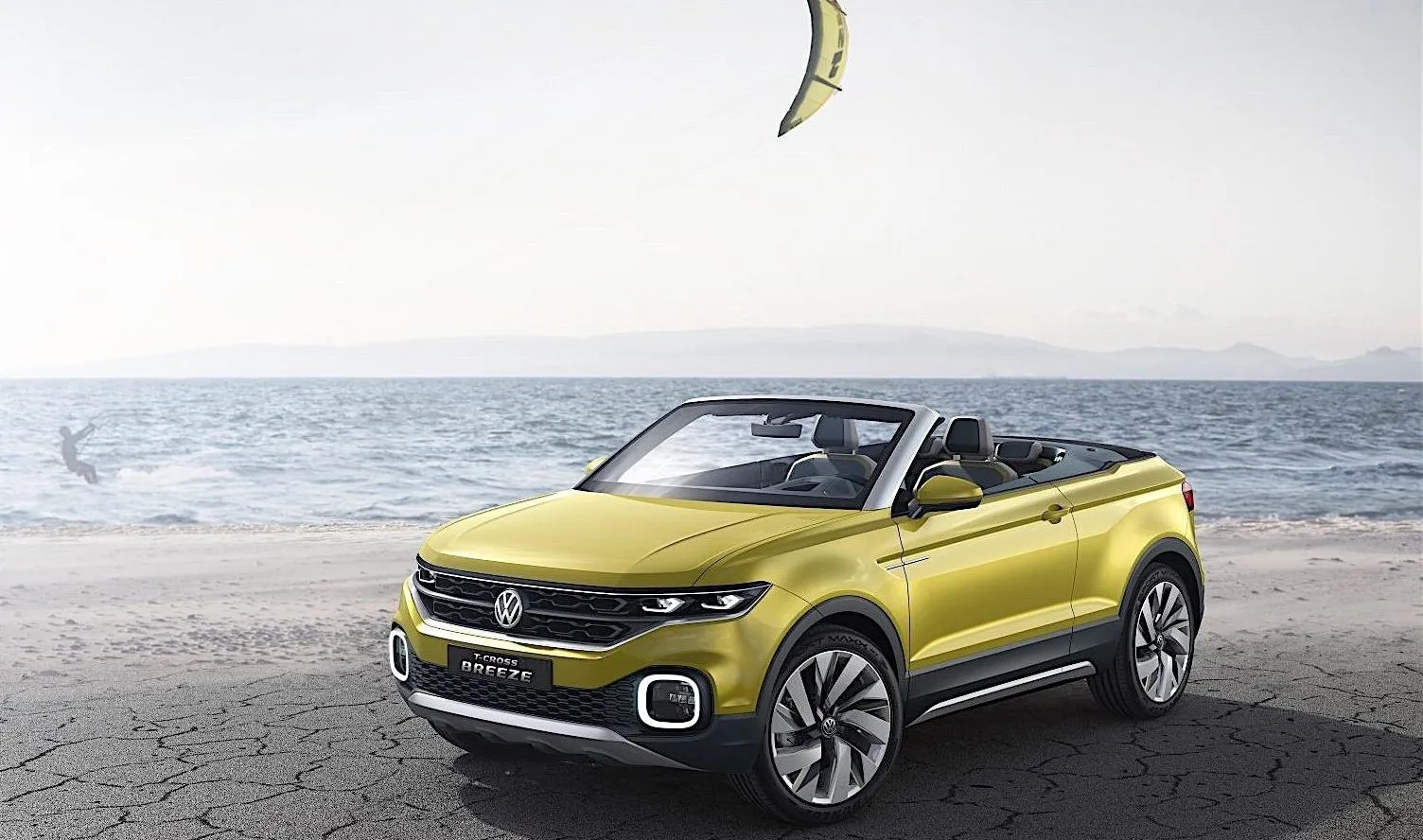
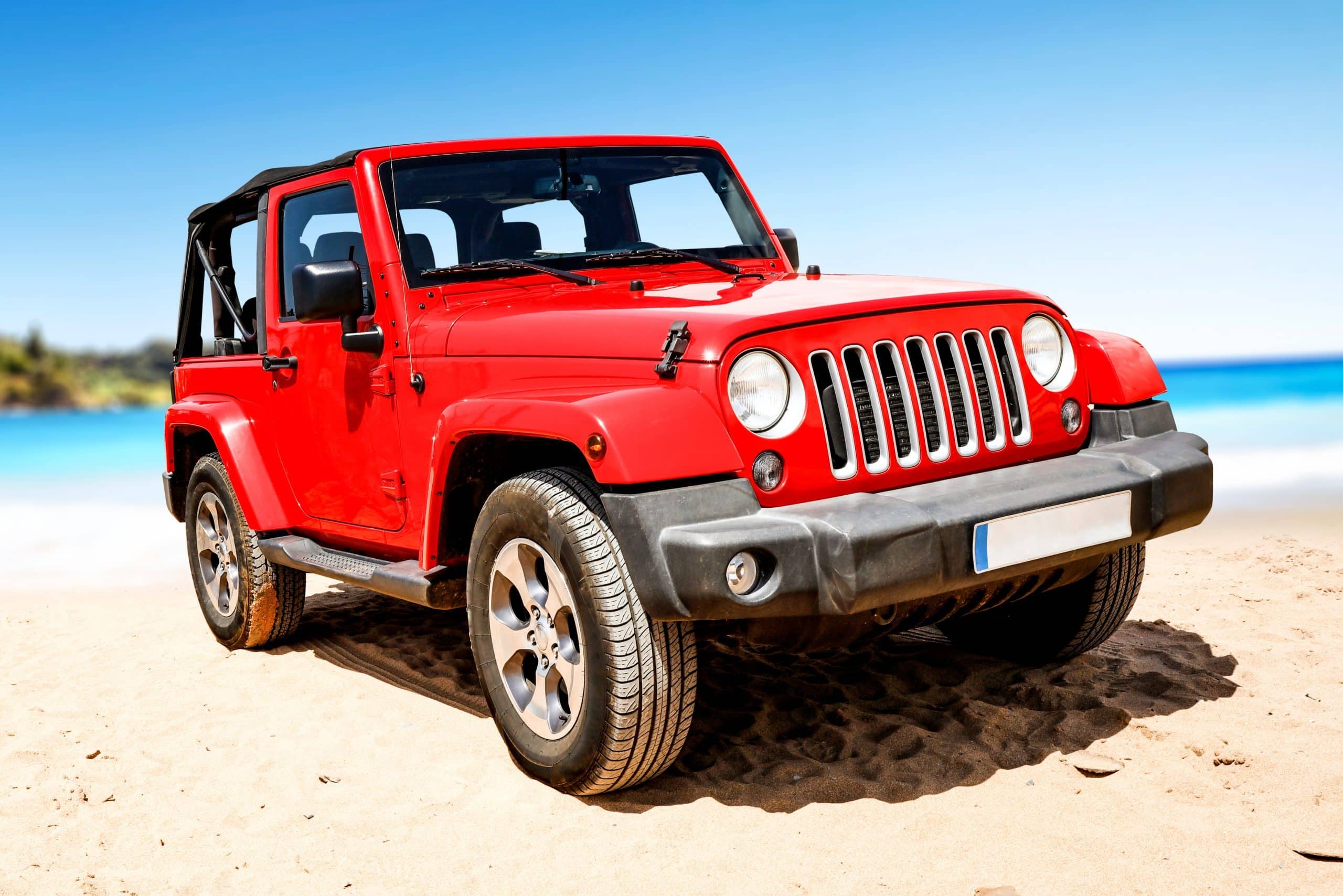
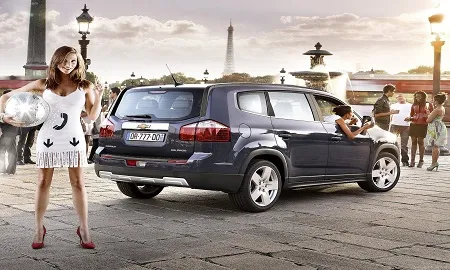




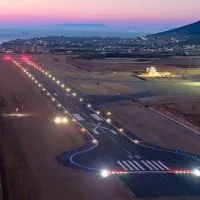
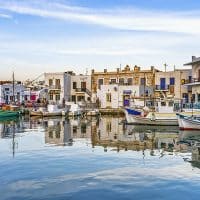
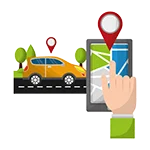
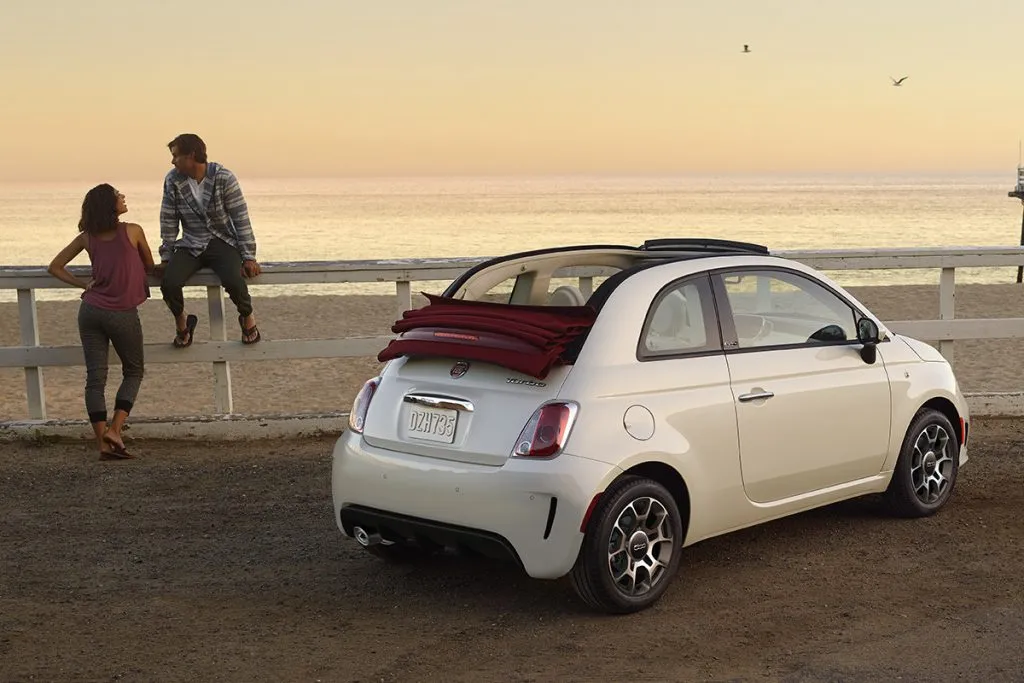
 By subscribing, you agree to receive promotional offers from Chaniotis Paros Rentals in accordance with the General Data Protection Regulation (GDPR). You can unsubscribe at any time.
By subscribing, you agree to receive promotional offers from Chaniotis Paros Rentals in accordance with the General Data Protection Regulation (GDPR). You can unsubscribe at any time.


